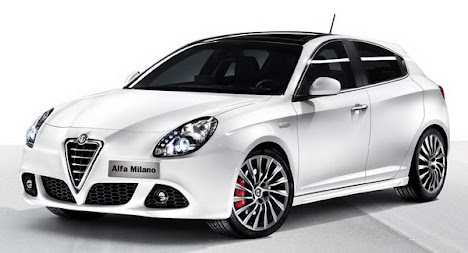Ford Mustang generation
The birth of the Ford Mustang also saw the birth of the phrase "pony car", which is a term used to describe an American car that is sporty and affordable explained. Most horses are represented by, their small sizes cheap, compact and more powerful engine.
In the late 1950s, Ford saw sales decline in two-seat Thunderbird and in 1958 introduced, a new version of a larger 4-seat introduced in 1958 was very successful.
In the late 1950s, Ford saw sales decline in two-seat Thunderbird and in 1958 introduced, a new version of a larger 4-seat introduced in 1958 was very successful.
 |
http://carmodifcation.blogspot.com/ |
All car commercial success, but a number of top auto executives, including Lee Iacocca Ford believes there is a larger market that they could catch. They saw a niche market to buy a car that more young with disposable income looking for an affordable car to buy with a more sporty image.
Ford Mustang is a car that all other manufacturers want to mimic the new term "pony car" was adopted to lead. The term was first used by Dennis Shattuck, the editor of Car Life magazine around that time and created a sound based on the Ford Mustang ride.
First Generation
The first generation of Mustang has been made under the strict supervision of Lee Iacocca and Ford's chief engineer Donald N. Frey and take 18 months. The original prototype saw a car with a mid-mounted V4 engine and only 2 seats but this was abandoned for the design of 2 4-seater in February due to low sales of the Ford Thunderbird. February 2 design is believed to have been selected because of the success of cars like the Jaguar E-Type.
Design of the new agency created by Joe Oros that the design win in a match that produced by Iacocca.
"I told the team that the car I want to attract women, but I want to desire men, I want the front end such as Ferrari, motif centered on the front of heavy Something that looks like a Maserati, -. but, please, not a trident and I want to intake air on the side to cool the rear brakes, I say sporty as possible and it seems related to the European design "-.. - Oros
In order to maintain a minimum construction cost of a car based on parts of the car is production, such as Ford Falcon and Ford Fairline.
Second Generation
The second generation of the Mustang driven by the energy crisis in 1973 that cars were a big thirst for gasoline is not preferred because of rising fuel costs.
New, smaller Mustang II was released in 1973 and Ford is aiming to compete with small Japanese imports like the Toyota Celica. However, the last car was much heavier than their beginning to hurt performance.
Third Generation
In 1979 the third generation of the Mustang was introduced, highly dependent on the Japanese market for design. The car was designed more to accommodate four passengers, baggage volumes improved and extended the engine room for easy maintenance.
Fourth Generation
In 1994 the third generation Mustang suffered major Restyling for the signal from the original 1964 design for the first time since the 1973 version of the hatchback is no longer available.
The original engine was 3.8 OHV V6 rated 145 horsepower, but over the years, this is an upgrade to a 4.6L V8 producing 225 hp big in 1998.



Komentar
Posting Komentar